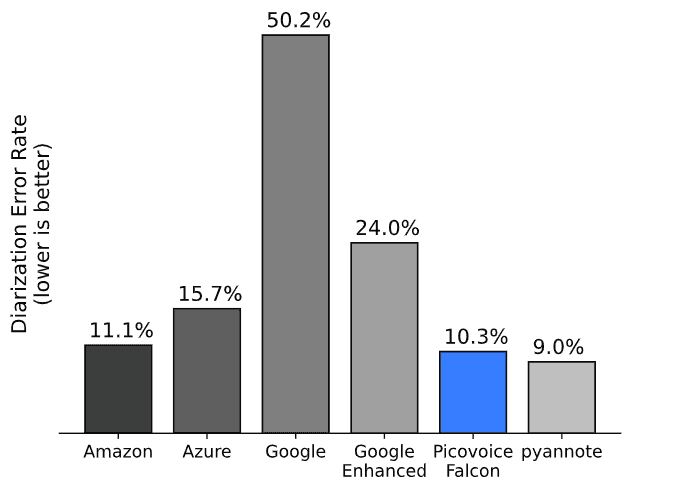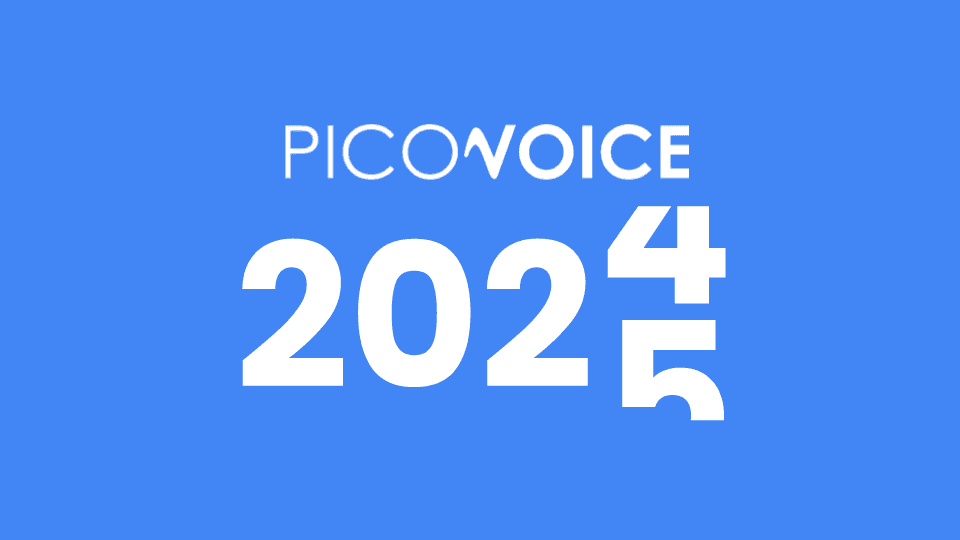Speaker Diarization, or simply Diarization, is figuring out “who spoke when?”. In practice, it’s about “who spoke when and what?”. Let me expand. In academia, Speaker Diarization is the problem of partitioning a stream of audio into segments spoken by single speakers. But Speaker Diarization is usually a subcomponent of speech-to-text systems. It increases readability. Speaker Recognition, Speaker Identification, and Speaker Clustering (can) refer to the same technology.
If you need Speaker Diarization, you have to make a strategic decision between build, open-source, and buy. This decision has long-term implications for the product, resource allocation, and budgeting.
Build
There are two dominant paradigms for building a diarization system. One is based on speaker embeddings generated by a (possibly deep) model and then applying clustering on top to create partitions. Speaker Diarization with LSTM is an example of this method. Alternatively, one can redefine diarization as a classification problem and solve it end-to-end. End-To-End Speaker Diarization Conditioned on Speech Activity and Overlap Detection is an example of an end-to-end approach. Although the latter has the potential to outperform the clustering-based, it is much harder to train and requires significantly more labelled data.
Open-Source
pyannote.audio is an open-source Speaker Diarization project. Also, speech-to-text projects such as Kaldi or SpeechBrain have a diarization subcomponent embedded in their framework.
Buy
There was no standalone Speaker Diarization commercial API, until Picovoice introduced Falcon Speaker Diarization. Developers needed to use one of the speech-to-text (STT) APIs and enable Speaker Diarization. This option can cost extra on top of STT API cost. The downside of API-based offerings is that they are unbearably expensive as your business scales.
Azure Speech-to-Text, AWS Transcribe, Google Speech-to-Text, and IBM Watson Speech-to-Text offer Speaker Diarization. The cost is between $1 to $3 per hour. Besides cost, STT vendors treat Speaker Diarization as a feature that exists or not without communicating its performance. Picovoice’s open-source Speaker Diarization benchmark shows the performance of Speaker Diarization capabilities of Big Tech STT engines varies.

Also, there is a flow of SaaS startups in speech recognition. Speechmatics, AssemblyAI, Deepgram, and Rev are to name a few. They might have better technology, or you might be able to negotiate a better deal.







